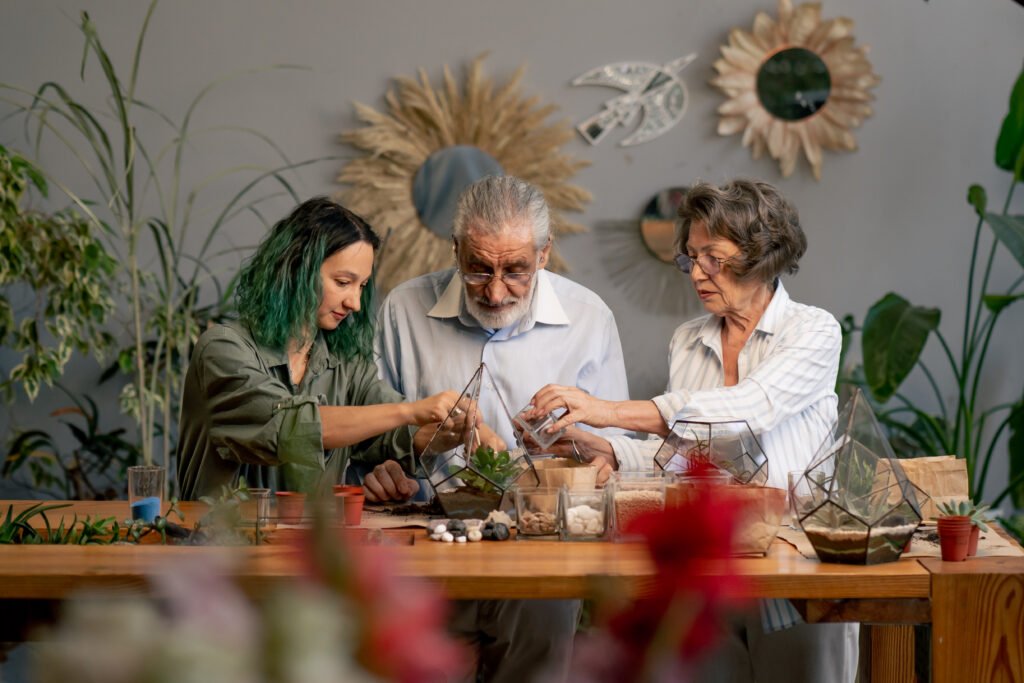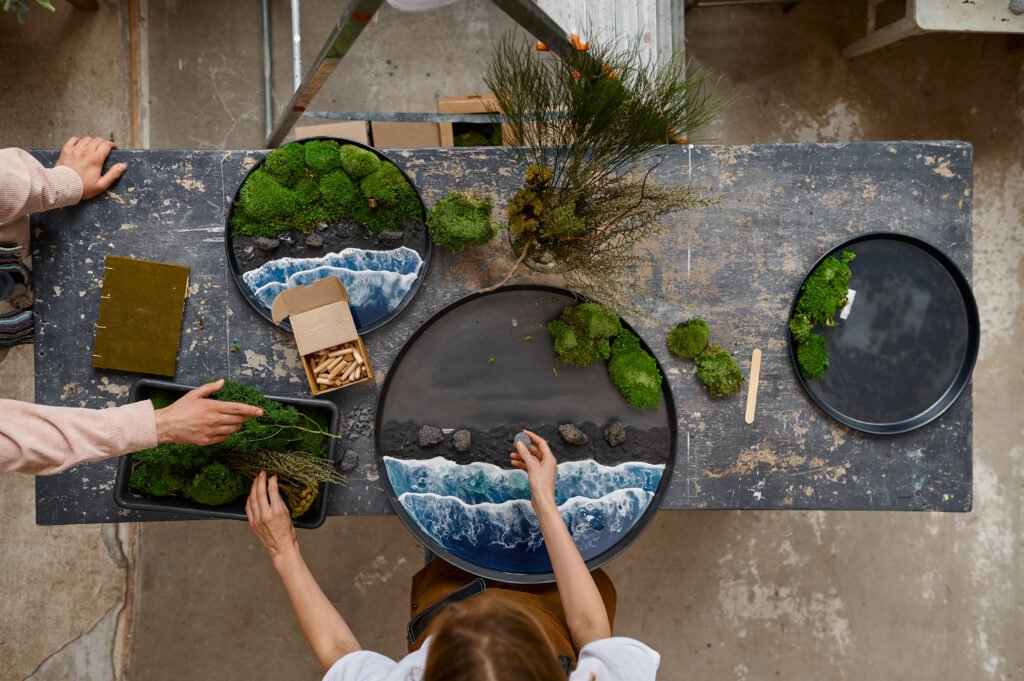Art has always mirrored human anxieties and hopes. In recent years, with the worsening climate crisis and environmental destruction, a new form of expression has emerged: eco-art. This contemporary art movement blends aesthetics, activism, and ecological awareness, aiming to reshape how we relate to the planet.
Unlike traditional nature-themed art, eco-art acts as a tool for transformation and environmental education. Its creators seek not only to evoke emotion but also to provoke and mobilize. Thus, galleries, public squares, and even forests become platforms for installations that question overconsumption, ecosystem degradation, and our collective future.
Eco-Art: Nature as Both Material and Manifesto
In eco-art, nature is not just the subject — it’s also the medium. Artists like Andy Goldsworthy use leaves, branches, stones, and ice to create ephemeral works that dissolve with time, emphasizing the impermanence of the natural world. This stands in contrast to the market logic that prizes permanence, ownership, and accumulation.
Brazilian artist Marilá Dardot offers another compelling example. Her work Jardim (2014), exhibited at the Museum of Art of Rio (MAR), invites visitors to plant seeds in word-shaped soil vessels. The public becomes a participant in the natural cycle, transforming the artwork into a living, symbolic collaboration.
In addition to using sustainable materials, many eco-artists incorporate clean technologies like solar energy and repurposed waste. This reinforces coherence between form and message, showing it is possible to create art without further environmental harm.
Art as Protest and Reconstruction
Eco-art is more than visual contemplation — it also denounces. In Plastic Reef, Maarten Vanden Eynde collects plastic waste from oceans to create massive sculptures. These uncomfortable pieces confront viewers with the scale of pollution and personal accountability.

This art form aligns with global movements and scientific voices warning about climate collapse. In Art and Ecology Now (2014), critic Andrew Brown emphasizes that modern environmental art goes beyond aesthetics, occupying a vital space of political resistance and global consciousness.
When scientific data is ignored or politicized, art becomes a compelling alternative language for communicating planetary urgencies. By stirring emotions and sensory experiences, it can shift public perception in ways rational discourse cannot.
Art That Imagines a Livable Future
Eco-art offers a powerful vision of how creativity can contribute to building a just and sustainable future. Museums like the Centre Pompidou in Paris and the Museum of Contemporary Art in Chicago have embraced eco-art in their exhibitions, indicating the theme’s rising institutional significance.
In a world heading toward environmental collapse, art remains a rare domain where sensitivity can inspire concrete action. Eco-art points to solutions, encourages reflection, and reconnects humanity with nature both symbolically and practically. May its influence extend beyond studios, shaping education, politics, and all sectors invested in a livable planet.



